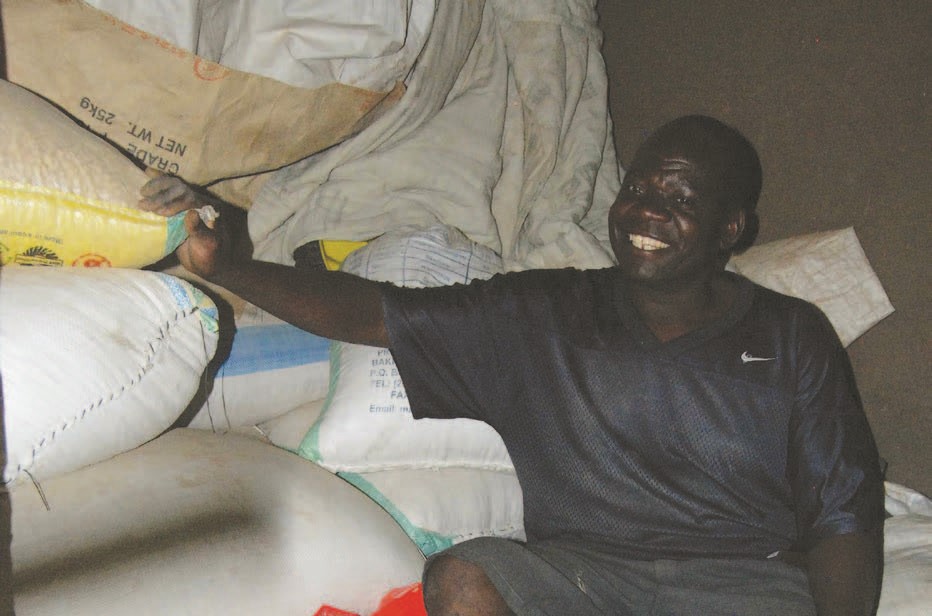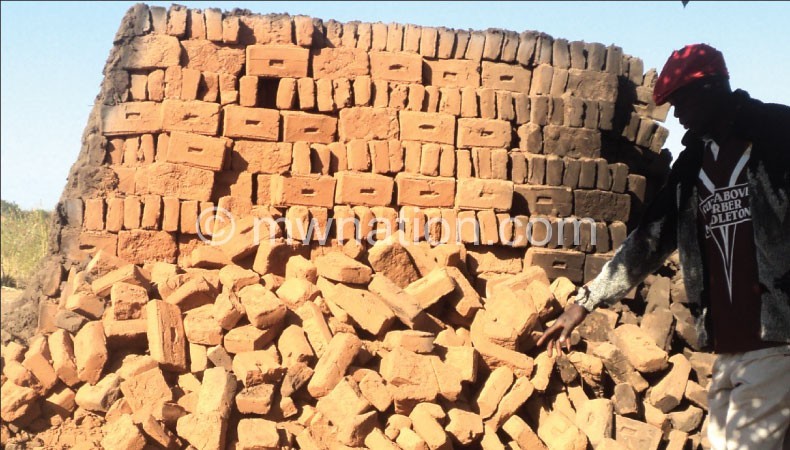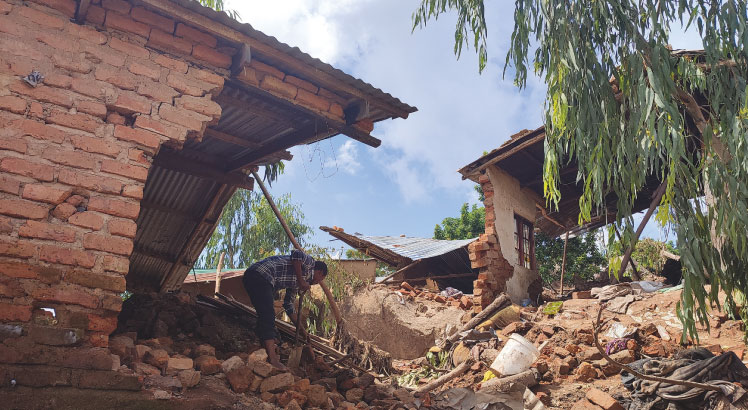BWB, AEJ re-afforest Mudi catchment area
“For six months, I have only seen water flow from these taps twice, and it was only for a few minutes at night. Otherwise, I am now used to these dry taps,†he says.
Kamanga says as a result, people in his neighbourhood depend on certain women who sell water from unknown sources.
“A drum costs about K500. But I am sceptical about using the water for drinking. I rely on bottled water for drinking,†he says.
The easiest explanation is that Kamanga’s house is on an elevated place. As such, water pressure is low to snake in the pipes at such a high altitude.
However, it is not just Kamanga who is caught in the cycle of perennial water shortage in Blantyre. There are so many people experiencing the same problem across the country.
Blantyre Water Board (BWB), which provides potable water in the commercial city, draws water from the Walker’s Ferry on the Shire River.
However, there are times when siltation affects water pressure from the Shire. To maintain the supply of water, BWB supplements the shortage with water from Mudi Dam located in Blantyre.
“The dam provides 10 percent of water to Blantyre residents,†says Willy Mandowa, BWB board chair.
But the dam’s catchment area continues to suffer from human encroachment. People are farming and they have cut down most of the trees.
“This is increasing siltation on the dam. The pressure continues to be low and this is affecting the amount of water we draw from the dam,†says Andrew Thawe, BWB chief executive officer.
To curtail this problem, BWB has spoken with communities on the need to avoid cultivating on the dam’s catchment area. Last week, BWB, in conjunction with Association of Environment Journalists in Malawi (AEJ), planted about 2 000 trees on the dam’s catchment area.
“This is in line with the call from [President Bingu wa Mutharika] to plant more trees during this tree planting season. Mudi Dam is a safety valve for our services. Whenever, the pressure is low at the Walkers Ferry, it’s the dam which comes to our rescue. But the future of the dam depends on protecting its catchment area from human encroachment,†says Mandowa.
AEJ vice-president Matthews Malata says they took the initiative to practice what the journalists communicate in the media on environment.
“We wanted to move away from just writing and warning people about the dangers of the environmental degradation. We wanted to take part in the solution, putting into practice what we preach to the people. This is what is central to our work,†he says.
Malata adds that AEJ will continue taking tree planting seriously. In view of this, they are embarking on a project of afforesting the depleted Zomba Mountain.
During the day, officials from the BWB, Forestry department, chiefs, journalists and primary school pupils defied rains to plant the trees.
Surely, the tree planting is a critical step towards improving water challenges that trouble people like Kamanga in Chirimba.





